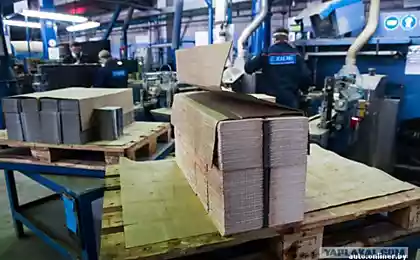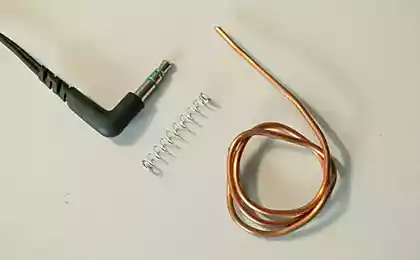153
The water replaces batteries
Nanotechnology forces us to rethink the meaning of everyday things. For example, we usually think of all electronics as a set of active and passive electronic elements, power supplies and connecting wires. It would seem that here can be changed?
Researchers at the University of Central Florida have found a way to combine wires and power supplies. Combining the “guardians” of battery energy and its “carriers” of wires opens up fantastic prospects. For example, smartphones will be able to get rid of batteries that usually discharge at the most inopportune moment and get energy from the fabric of the jacket or pants.
Until now, electrical cables have traditionally been used only for power transmission. However, Professor Jayan Thomas and his graduate student Zenan Yu have developed a way to simultaneously transmit and store electricity using a lightweight copper conductor. The results of their work are published in the latest issue of the journal Nature.
The conductor developed by Thomas and his team is somewhat reminiscent of a coaxial cable with a swipe and a central vein, which is usually connected to a television antenna.
As in coaxial cable, the basis of the new design is a central copper wire that perfectly conducts electric current. But the researchers “wrapped” it with a complex shell, for which they used filamentous nanocrystals coated with a special alloy. Distributed along the entire length of the conductor, they form one of the electrodes of the supercapacitor. The second electrode is an outer metal shell, also covered with a network of filamentous nanocrystals. The electrodes are isolated from each other by a thin layer of plastic and glued together with a strong gel.
Thus, the internal conductor is still designed to transmit power, just like conventional modern wires. But its outer shell is a supercapacitor capable of storing energy.
According to Thomas, the invention of his team will find application in the design of cars and space technology, wherever there is a need for light and small power sources. Over time, the widespread use of conductors capable of simultaneously storing energy will turn heavy battery packs into a historical artifact.
However, the researchers do not deny that they are at the very beginning of a long journey. They will have to transfer the technology to other types of materials, which could eventually lead to fabrics designed for clothing that can store enough energy for a variety of tasks.
Source: facepla.net





















